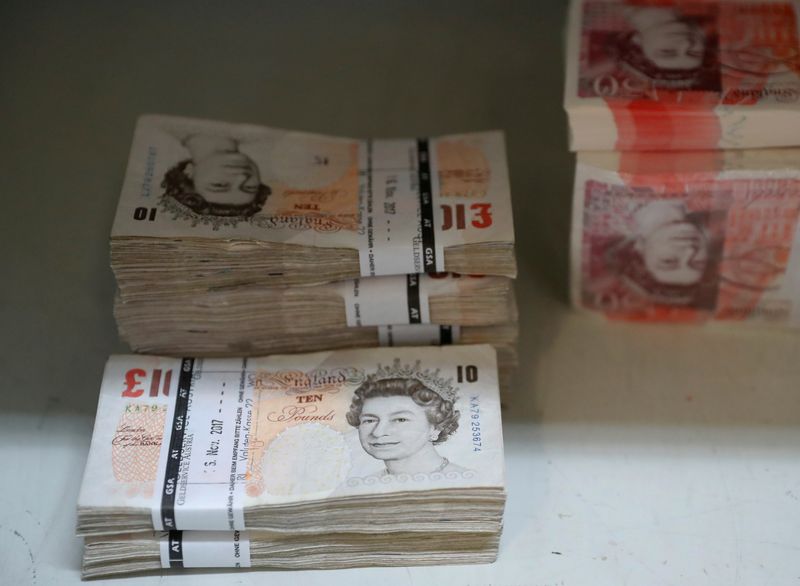The euro fell to its lowest against the pound since late August 2022 this week, after the success of far-right parties in a European Union parliamentary election at the weekend prompted French President Emmanuel Macron to call a snap vote in his country, which spooked investors.
The pound was already in the ascendant against the euro, which is already up almost 2.5% in value so far this year, mostly based on the expectation that UK rates will remain above those in the euro zone for some time to come.
On Thursday, sterling was last flat against the dollar at $1.2798 and steady against the euro at 84.44 pence.
Data on Wednesday that showed U.S. inflation cooled more quickly than expected in May prompted a sell-off in the dollar, boosting sterling 0.5%. The sell-off slowed after the U.S. Federal Reserve released its projections for interest rates, growth and inflation.
On Thursday, the pound offered little reaction to the opposition Labour party’s manifesto, released ahead of the July 4 general election.
Data this week has painted a fairly stagflationary picture for the British economy, with wage growth still running hot, while economic growth had completely stalled in April.
Traders expect at least one rate cut from the Bank of England this year, but the jury is out on whether or not there will be a second.
The BoE meets next week. Futures markets currently show traders are placing a 75% chance of a cut by September, with a cut fully priced in for November.
“Because market pricing is already so hawkish, there are risks of a larger market reaction if the BoE appears relatively unconcerned about recent strong data. We continue to expect two BoE cuts this year in August and November,” Nomura economists led by George Buckley said in a note.

The pound, meanwhile, has been steadily gaining ground. So far this year, it’s the only major currency in positive territory against the dollar, with a rise of 0.5%. The nearest rival is the offshore Chinese yuan, which has weakened by 2%.
On a trade-weighted basis, the pound is at its highest since the Brexit vote in June 2016.
To read the full article, Click Here

